Description
SoLitInc’s Incense Blend

Premium Incense Collection
Sacred Aromas for Spiritual Rituals
Experience the powerful, aromatic resins used for centuries in spiritual ceremonies, meditation, and purification rituals. Our premium selection includes Copal, Dragon’s Blood, Frankincense, Myrrh, Palo Santo, White Sage, and Three Kings Church Incense, each offering unique cleansing, healing, and meditative properties.
Discover the Sacred Scents of Ancient Traditions
Copal Resin
Origin: Shorea sp., sourced from tropical regions
Use: Traditionally burned as incense for spiritual cleansing
History: Used by the Maya and Aztec civilizations as a sacred offering to the gods
Copal resin emits a clean, crisp, and slightly citrusy aroma, making it perfect for meditation, energy cleansing, and spiritual ceremonies. Burn it on hot charcoal to purify your space and elevate your senses.
Dragon’s Blood Resin
Origin: Daemonorops draco, native to Southeast Asia
Use: Burned as incense or used as a dye and ink for spellwork
History: Valued in witchcraft, protection rituals, and energy work
With its deep, earthy, and slightly sweet scent, Dragon’s Blood resin is ideal for enhancing protection, strength, and courage. It is often powdered and blended with other incenses for spellwork and spiritual practices.
Frankincense Resin
Origin: Boswellia sacra, harvested in the Middle East and Africa
Use: Burned as incense, used in cosmetics and perfumery
History: Revered in ancient times, with over 52 references in the Bible
Frankincense is one of the most sacred resins, known for its woody, spicy, and slightly citrusy scent. It is used in meditation, prayer, and purification rituals, promoting a deep sense of peace and spiritual connection.
Myrrh Resin
Origin: Commiphora myrrha, native to Ethiopia and Somalia
Use: Burned as incense, used in body care and spiritual ceremonies
History: Used in Egyptian embalming practices and considered as valuable as gold
Myrrh resin has a smoky, earthy aroma that enhances grounding, protection, and healing. It is often blended with frankincense for a powerful purification ritual.
Palo Santo Wood
Origin: Bursera graveolens, ethically sourced from South America
Use: Smudging, meditation, and spiritual cleansing
History: Used by Amazonian shamans for energy clearing and protection
Palo Santo, or “Holy Wood,” emits a sweet, woody, and citrusy aroma, making it ideal for clearing negative energy and enhancing spiritual awareness. Sustainably harvested, our Palo Santo is carefully aged for optimal aromatic potency.
White Sage Smudge
Origin: Salvia apiana, organically cultivated in California
Use: Smudging, energy cleansing, and purification
History: Used by Native American groups in sacred ceremonies
White Sage is one of the most powerful cleansing herbs, known for its strong, herbal fragrance that clears stagnant energy. Our organically grown sage ensures sustainable and ethical harvesting.
Three Kings Church Incense
Origin: A blend of frankincense, myrrh, benzoin, sandalwood, and lavender
Use: Burned for religious ceremonies, spiritual work, and space purification
History: Named after the Three Wise Men, used in temples and churches for centuries
This sacred incense blend emits a rich, complex aroma that enhances prayer, meditation, and spiritual connection. Traditionally burned on charcoal tablets, it is a favorite for sacred rituals and holy celebrations.
Why Choose Our SoLitInc’s Incense Blend | Resins, Leaves & Woods – Premium Resin Incense?
- 100% Natural and Ethically Sourced
- Perfect for Meditation, Cleansing, and Rituals
- Authentic and High-Quality Resins
- Used in Traditional and Modern Spiritual Practices
How to Use
1️⃣ Place a charcoal tablet in a heat-resistant holder.
2️⃣ Light the charcoal and wait for it to turn white-hot.
3️⃣ Sprinkle a small amount of resin onto the charcoal.
4️⃣ Enjoy the aromatic smoke as it purifies your space.
1 – 1.5 oz packs. Buy with Charcoal Tablets here.
Directions: Place on the charcoal tablet after lighting the tablet. Tablets get very hot so place in a stainless steel holder here.
***Disclaimer: The content on all websites associated with Social Lights Inc., including text, graphics, images, and links, is for informational purposes only. This content is not a substitute for professional medical advice, diagnosis, or treatment. Always consult a qualified healthcare provider before using herbal products, especially if pregnant, nursing, or on medications. Relying on this information is at your own risk. The content on Social Lights Inc.™ websites, including www.solitinc.com, is meant to support, not replace, medical advice. Never ignore or delay seeking professional medical advice based on information from these sources. Keep away from children & pets.
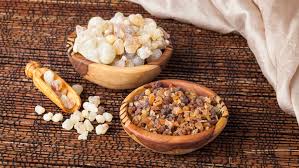
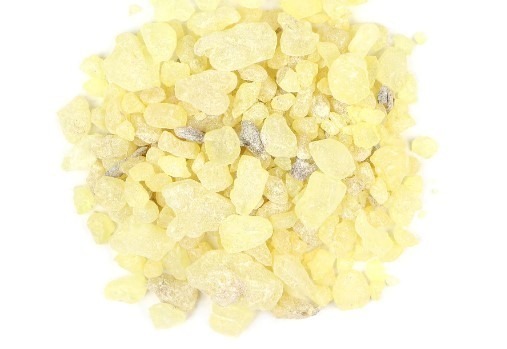
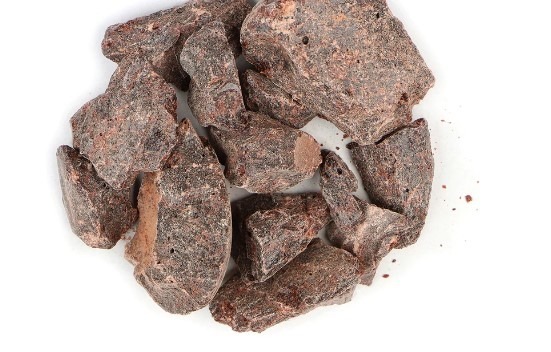
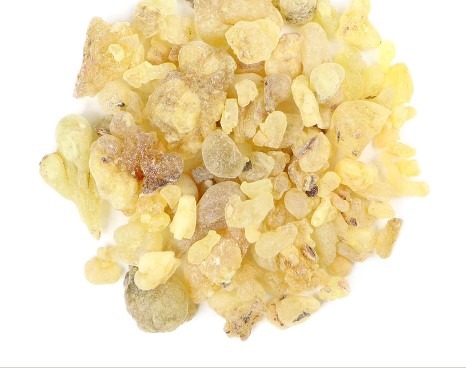
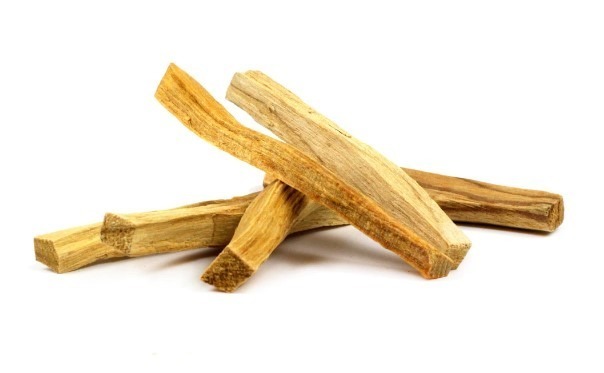
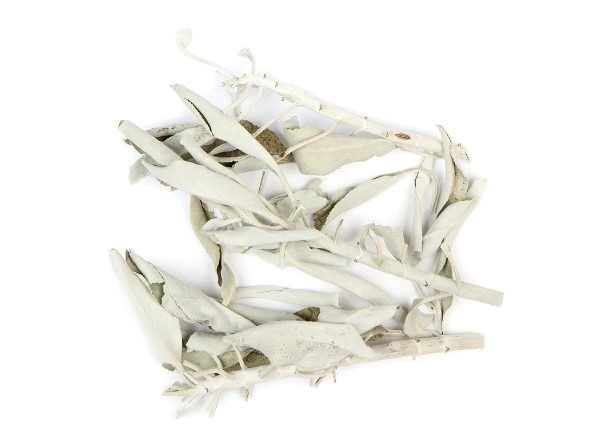
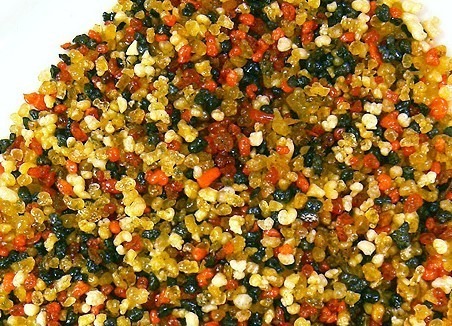
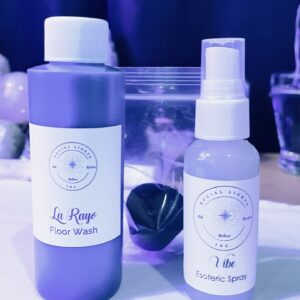
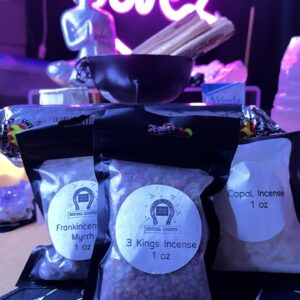
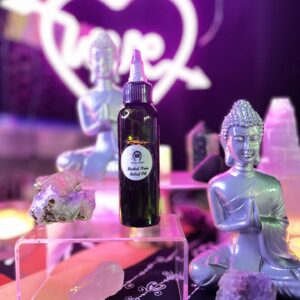
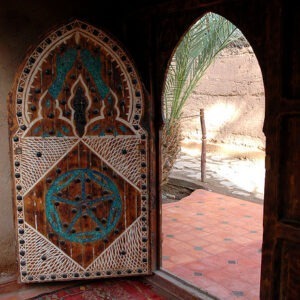

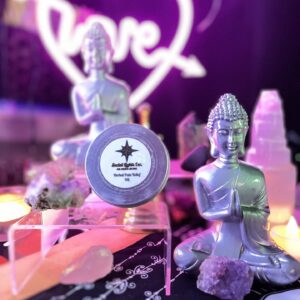
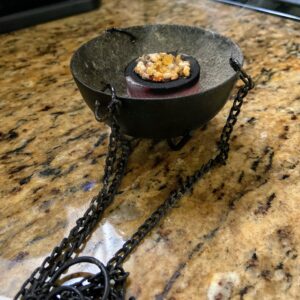
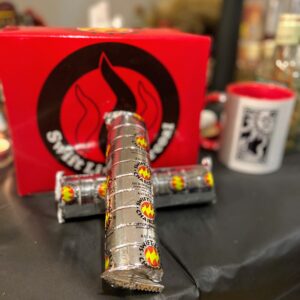
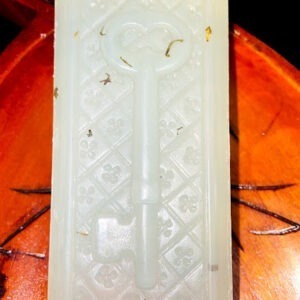
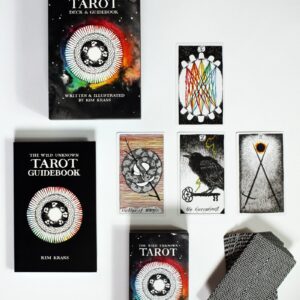
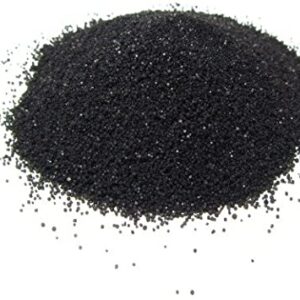

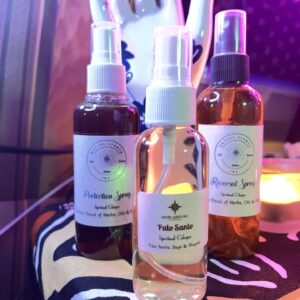

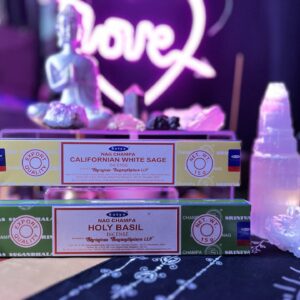
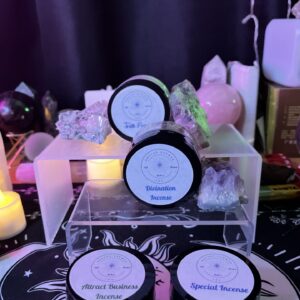
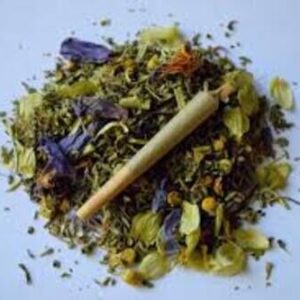

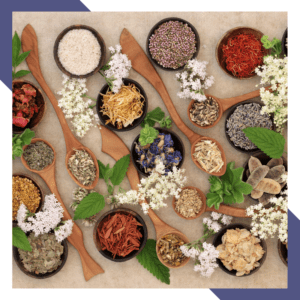

Reviews
There are no reviews yet.